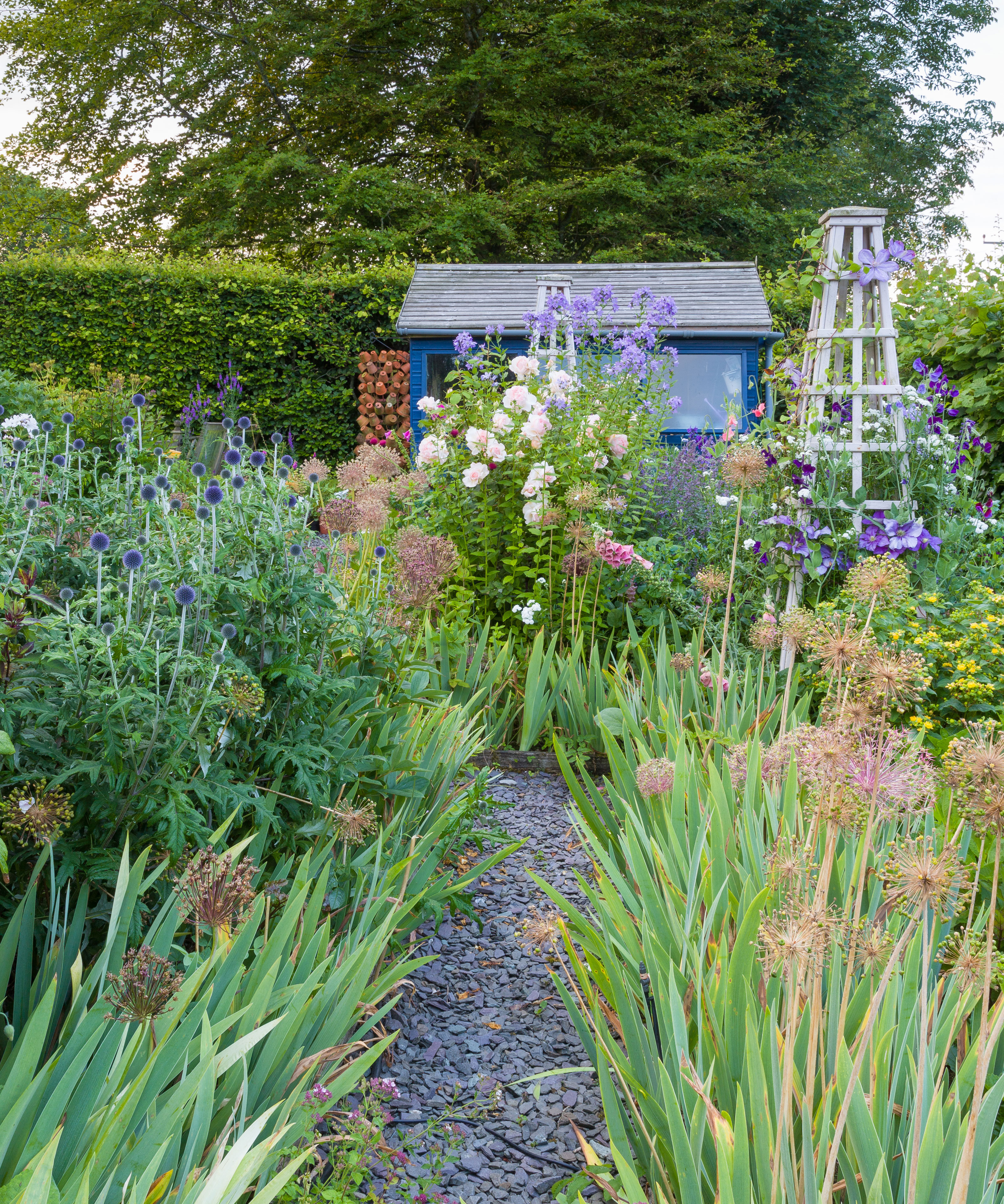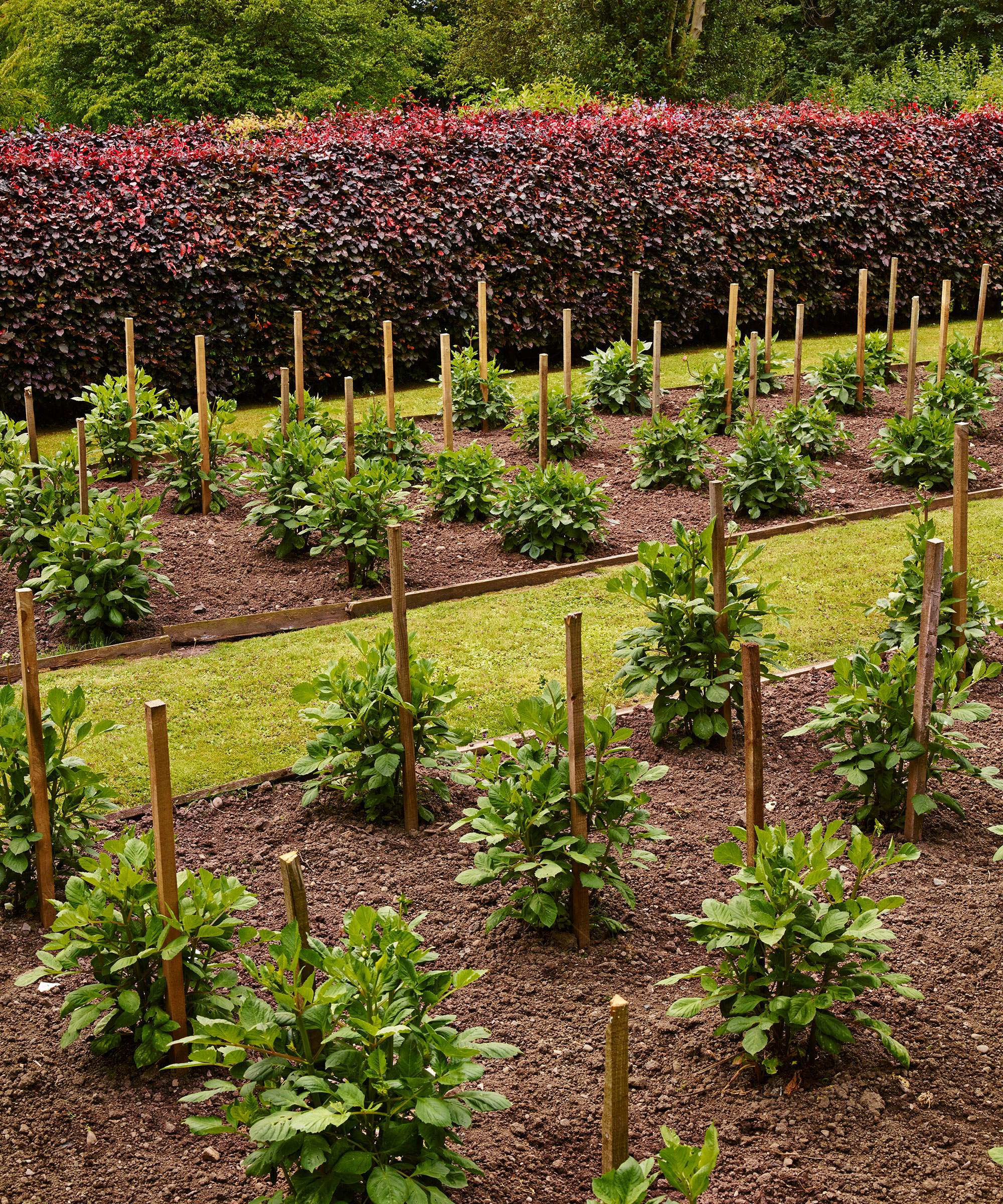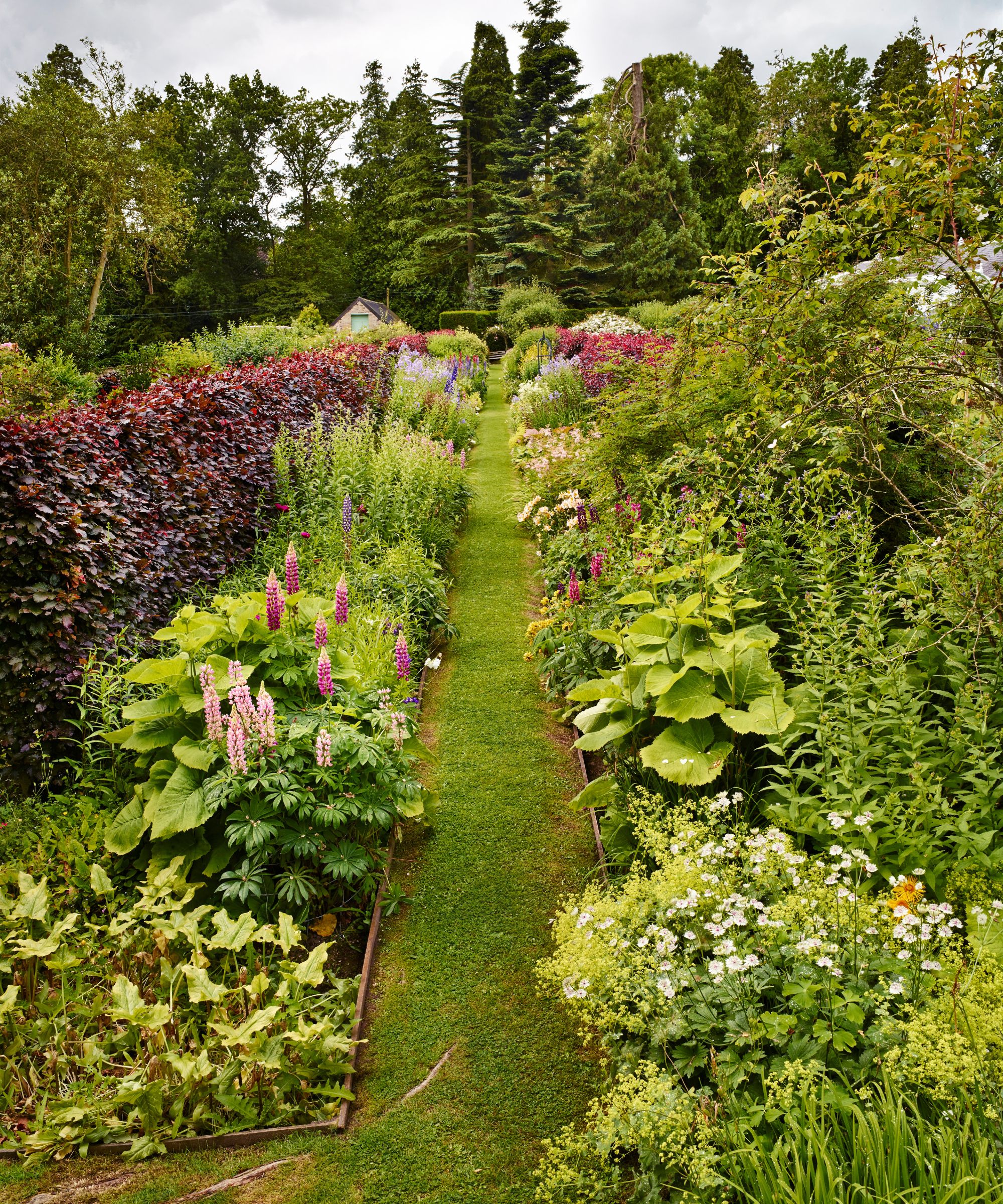How to add calcium to soil – easy, natural tips to rescue plants
From crushed oysters to eggshells – this is how to cure calcium levels organically and professionally


Wondering how to add calcium to your soil? While the benefits of calcium in the human body are clear – it is less known that our plants need this element just as much as our teeth and bones. And while you may know how to improve calcium levels in your diet, it is less known how to introduce this element into your garden ideas.
However, these solutions are natural, accessible, and entirely expert-approved. And they're probably already hiding in your fridge or kitchen cupboard. Here's what you need to know.
How does calcium affect plants and soil?

Calcium is just one of many essential minerals in your soil, and too little – or too much calcium – directly impacts your plant health. The element is needed to encourage strong cell walls that ensure the plant grows upright. This allows other minerals to reach your plants, making them less prone to diseases and pests.
However, before experimenting with these solutions, garden experts warn that too much calcium can be just as damaging to your plants. H&G's garden editor, Rachel Crow, explains that high calcium levels coincide with a high pH, which means the soil is too alkaline.
'Before you add calcium to your soil, I recommend undergoing a professional soil test (offered by The Cooperative State Research, Education, and Extension Services) to check how much calcium your garden needs,' she says. 'It is best to maintain a calcium percent base saturation level of 70 to 80 percent for optimum health.'
You can also test the pH of soil with DIY kits.
How much calcium do plants need?

Calcium is best absorbed by plants when the soil is slightly acidic. To achieve this, you'll need to aim for a pH level of 6.0-6.5. 2,' says Simon Barker from Grow Your Yard. 'If your soil lacks calcium, you can add it in the form of limestone, bone meal, or compost,' the expert says. These expert-approved solutions are the best way to add calcium to your soil or compost.
Design expertise in your inbox – from inspiring decorating ideas and beautiful celebrity homes to practical gardening advice and shopping round-ups.
How to add calcium to soil – organic ways to cure deficiency

1. Egg shells

You may already know that using eggs in the garden has its benefits – whether you're using it as mulch or to deter pests. However, they are also a great way to add calcium to soil.
To do so, expert Emma Loker from DIY Garden reccommends storing your empty eggshells in a sealed container for two days or until they have dried out completely. You should then use your best food processor to grind your eggshells to a fine powder. 'The finer the texture, the better,' Emma says.
'Mix your eggshell powder with your soil two weeks before planting. Doing this will allow the soil time to absorb the calcium.'
Meanwhile, if you're looking to add calcium to soil with plants that are already in place, you can create a calcium solution by adding two tablespoons of eggshell powder to four liters of water before pouring it over your plants.
2. Crushed oysters

'Crushed oyster shells are the best way to add calcium to your lawn or garden quickly,' says garden expert Jeff Neal. He recommends crushing the shells before spreading them in your garden. 'They can be applied by a rototiller before an anticipated rainfall,' he says. However, their benefits don't end there.
'Oyster shells also have micronutrient minerals as well and can provide calcium benefits throughout the entire season,' the expert adds.
What product adds calcium to soil?
You can cure calcium deficiency in plants with lime. 'It is vital to invest in a water-soluble calcium source, such as this one from Amazon, to allow the nutrients to reach your plants,' Rachel suggests. 'This product is suitable for increasing the pH, boosting large and small garden ideas, and improving soil health quickly.'
How do you make homemade calcium for plants?
The easiest way to make calcium at home is by using the eggshell method above. However, you can also use eggs to make a homemade spray, too. Home and garden expert Laurice Constantine suggests boiling 20 eggs in a pan with 1 gallon of water covered can produce calcium spray for plants with eggshells. You should then bring the mixture to a boil before turning down the heat and letting the solution cool for 24 hours.
'Remove the shell fragments from the water, then store them in an airtight container in a cool, dark location,' Laurice says. Your mixture is then ready to be sprayed onto your plants and soil.

Megan is the Head of Celebrity Style News at Homes & Gardens, where she leads the celebrity/ news team. She has a history in interior design, travel, and news journalism, having lived and worked in New York, Paris, and, currently, London. Megan has bylines in Livingetc, The Telegraph, and IRK Magazine, and has interviewed the likes of Drew Barrymore, Ayesha Curry, Michelle Keegan, and Tan France, among others. She lives in a London apartment with her antique typewriter and an eclectic espresso cup collection, and dreams of a Kelly Wearstler-designed home.